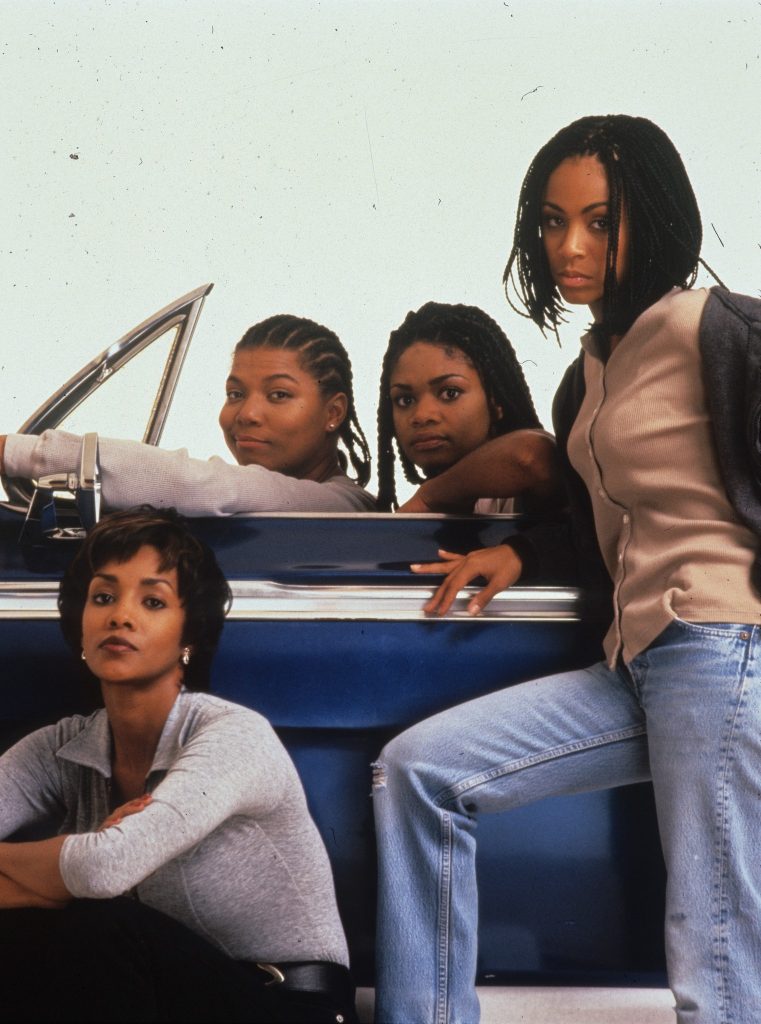
The 1996 film “Set It Off”, directed by F. Gary Gray, revolves around four African-American women, Stony (Jada Pinkett Smith), Cleo (Queen Latifah), Frankie (Vivica A. Fox), and T.T. (Kimberly Elise), who struggles to survive in Los Angeles, an urban jungle with rampant systemic inequalities, poverty, and lack of opportunities. The movie shows how such environmental and structural stresses lead these women to commit a spate of bank robberies out of necessity.
The environmental characteristics of the neighborhood make it ripe for criminal activity. High unemployment rates, lack of quality education, strained community relationships, and general distrust in law enforcement contribute to a social atmosphere where crime becomes a viable option. The film depicts these challenges, demonstrating how economic despair and systemic failures lead to the erosion of social norms.
Two scenes mark the plausibility of the bank robberies most poignantly. The first is the opening scene, Frankie being fired from her job on the accusation of collusion in a robbery conveys systemic injustice and shows that there is no support in case of marginalization. The second, police shooting Stony’s brother, Stevie-a college hopeful wrongfully targeted through racial profiling-shows in the worst possible way how such systemic oppression can manifest itself. These events heighten the women’s desperation and set the stage for their criminal acts.
The motivations of the four females are based on their personal struggles and systemic barriers. Frankie’s unjust firing upsets her financial stability. Stony’s grief and financial instability since her brother’s death fuel her decisions. In Cleo’s case, it is her circumstances and loyalty to her friends, while in T.T. ‘s case, it is desperation to regain custody of her child that makes her join the heists. Together, their stories reflect how structural and environmental pressures can catalyze criminal behavior.